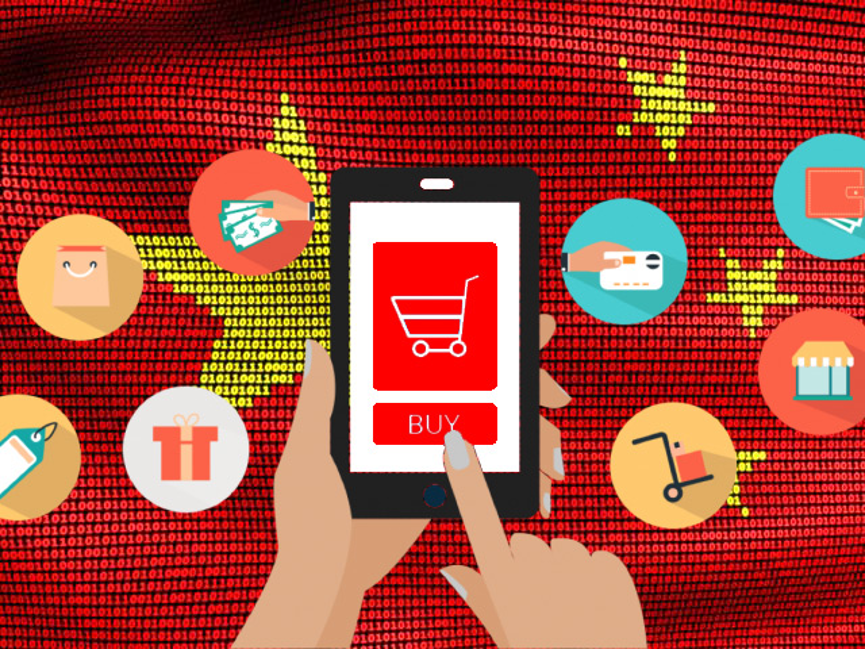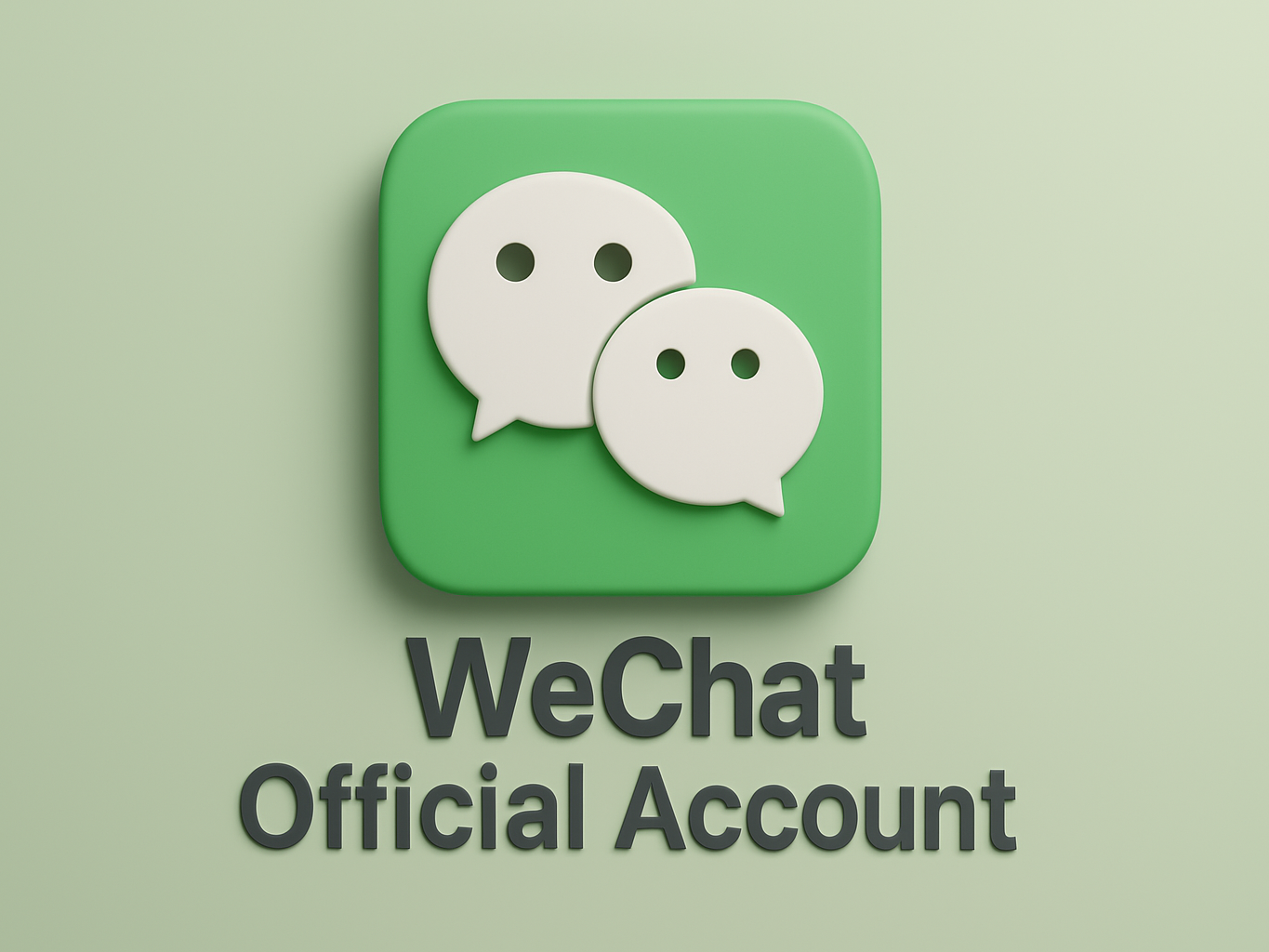
Let’s explore 2021’s biggest trends in Chinese e-commerce:
1. Cross-Border E-Commerce
This booming sector achieved a high volume of sales of more than 160 billion USD in 2020, almost double compared to the previous year.
Moreover, Alibaba attempting to acquire Kaola in September 2019 will lead to a consolidation in this segment. Kaola seems to become a part of Tmall but with different focus, to obtain market share from it's competitor JD.com. Global brands can cooperate with 100s of those ecommerce platforms based on their business models and goals.
2. Omnichannel Retail
Omnichannel content strategy aims at enhancing the user experience and establishing a solid relationship with the target audience across all points of contact. Whether the users are shopping online or in an actual store, the transition from one point to the other during the consumer journey should be seamlessly designed.
In general, China is a leading O2O marketing initiator, as omnichannel retailing is generating high revenue. Omnichannel excels in high customer expectations, smart sales assistants, mobile-first, self-service kiosks, and virtual reality or augmented reality. In addition, the close integration of consumer payments is creating the best practice example for the whole world.
A real-life example is Alibaba’s grocery platform Freshippo where customers can shop in person (click-and-collect), dine-in, and have the product delivered via online ordering.
3. “Xiachen” (Go to lower tier urban markets)
Xiachen is focusing on the trend of selling to lower-tier cities and urban areas in China. This trend is already observe by us in the Chinese social media landscape. Lower tier regions have more casual money available for shopping due to their lower living costs. They are happy to spend it on consumer products.
4. Fintech
Financial technology and innovation aim to convert the traditional methods of financial operation to deliver financial services. Chinese online banks like WeCash emerged as startups to bring easy and convenient financial services to individuals and businesses, often incorporating machine learning and AI technology. For example, WeCash with 130 million users in 5 countries allows individuals to get their credit score straightforward and apply for loans. Businesses can build their income-yielding loan portfolio on this big-data powered platform.
5. Digital currency, cryptocurrency
Cryptocurrency miners and users are facing severe regulation in some of the countries. China is seeking new solutions for their crypto market.
First introduced as a concept 5 years ago, China is now finalizing the preparation for the release of its DCEP (Digital Currency/Electronic Payments). However, unlike Bitcoin and related currencies, DCEP is government-sanctioned. The government will likely distribute the new currency through traditional banks, making it fully centralized and exactly like traditional paper money.
As China expands its worldwide trade through the Belt and Road initiative (BRI) and other development initiatives, DCEP has the potential to create significant financial autonomy and less exposure to the US.
6. From KOL to KOC marketing
Key opinion consumers (KOCs) are the market leaders bring the latest trend to most potential buyers who create videos and posts about their own product reviews and recommendations. End consumers are hungry for advice and recommendations from real consumers they trust. KOCs also act as influencers but are more authentic. We can definitely tell that relationship-based marketing is on the rise and will never run out of fashion!
Brands that incorporate KOCs into their marketing strategy can benefit from a boost in the brand image and increased sales. Make sure to identify suitable KOCs, as they usually do not have many followers, which makes them difficult to find. A Chinese marketing agency can take care of this area for your business.
7. Short Videos
Together with live-streaming, short videos and short video apps are conquering the Chinese market. Thus, the line between business and socializing is blurred. It will not surprise you that more than 300 million Chinese are actually using short video apps.
Short video content can attract audiences in higher tier cities with middle and higher-income households and individuals. Younger audience (under 35 years old) are more likely to be drawn to this media format.
8. Group Buying
This trend hasn’t really arrived outside of China yet. Western shoppers may think that the products could have poor quality from group buying, or those platforms are unreliable and impose hidden costs. Chinese consumers value the significantly reduced prices – particularly the consumers from lower tier regions are tend to take advantage of the group-buying model.
In the China, group buying is expected to grow as Pinduoduo, JD.com, and Alibaba launch their own group-buying functions.
9. Social Commerce
This hot new trend reached a volume of more than 300 billion USD in 2019. The increased use of mobile devices and social media created social shopping also known as social e-commerce.
The consumer follows trends and has unplanned interactions with brand and retail experiences. Shoppers can do so at home, at work, or on the go. This behaviour drives the need for new approaches to create a personal and ready-to-buy social commerce experience.
10. Cruelty-Free Products
As the pressure on China’s policy-makers is increasing, decision-makers are opening the general trade for cruelty-free products bit by bit. Up until now, cosmetics sold in China have to be tested on animals by law – it is the only country with such a regulation.
Not only animal rights activists will be happy to hear that China now moves away from these mandatory tests. This also opens up the market to vegan, cruelty-free and sustainable cosmetics and beauty brands. The UK-based skincare brand Bulldog is set to be the first cruelty-free cosmetics brand to sell in mainland China, imported under the general trade (and not cross-border e-commerce).
11. Private (owned media) Traffic
As a result of paid traffic getting more expensive, brands are seeking alternatives. By setting up exclusive clubs or groups like WeChat groups, brands can communicate a certain lifestyle and the corresponding products.
The advantage of a closed group is that they already consist of loyal customers and followers. Therefore they are more likely to respond to the brand messages.
12. Big Data
This trend brings all the previous ones altogether, literally. Big data analyzes massive volumes of information to apply data-oriented marketing in China. By combining information from online and offline consumer behaviour, businesses are able to overcome the limits of space and time. Businesses gain deep insights into the consumer behaviour to understand their likes and dislike and better communicate with their (potential) customers, their online movement, their initiatives and behaviour patterns.
For example, Tencent collects and classifies information into different dimensions, which consist of more than 3,000 tags, including basic attributes, social interests, entertainment interests, media preferences, etc.
Keep in mind that Chinese consumers love their mobile devices and use them for everything. Specifically, their super-app WeChat, which lets users pay, play, chat, shop, order everyday services and products, and more. Advertising in China has never been easier and more complex at the same time.
Summary
To make a conclusion, the China e-commerce market is leading online commerce worldwide. Get yourself familiar with the key players in this segment and the latest trend of the China e-commerce environment to tap right into the market for more profits in the near future.







